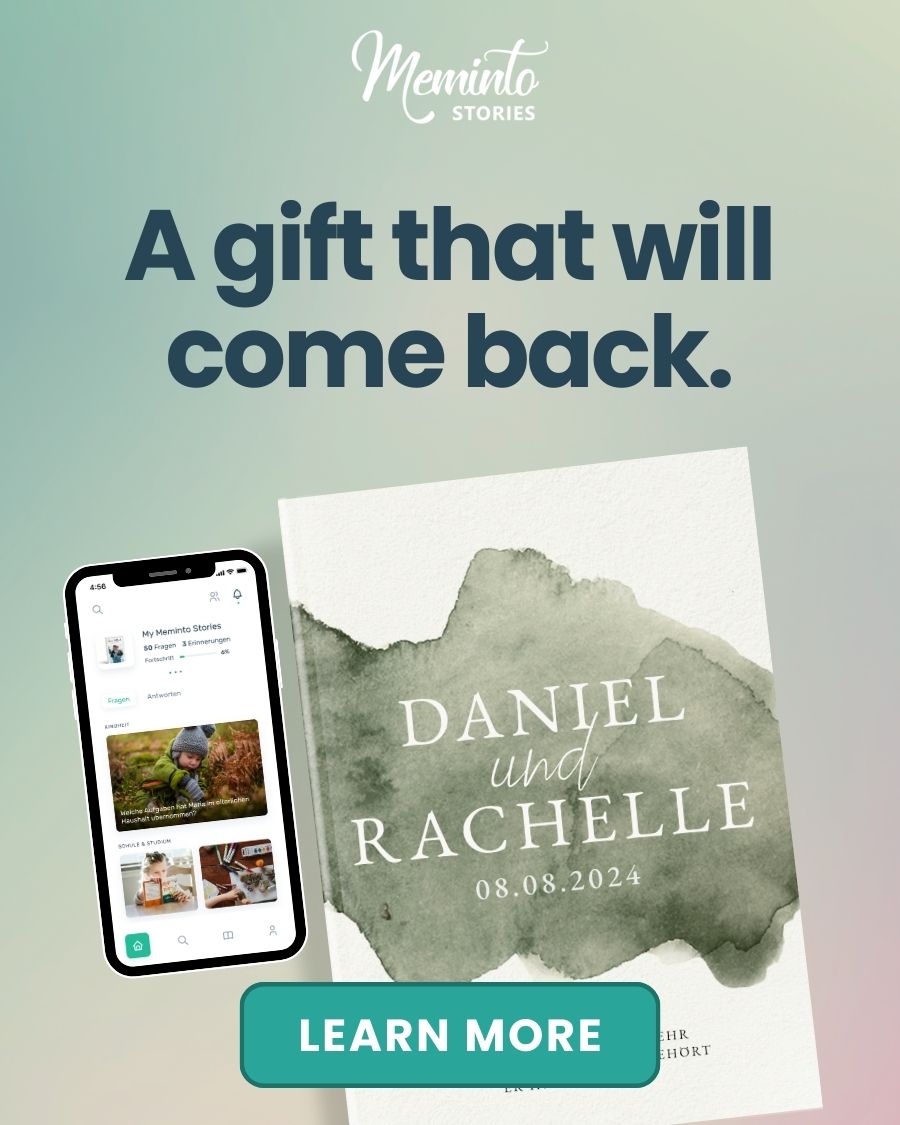Writing to Heal Trauma: Unlocking Emotional Recovery and Lasting Healing
Writing to heal trauma is a transformative and deeply effective method that supports emotional processing, fosters resilience, and promotes mental health. Through narrative writing, individuals embark on a profound healing journey that helps them reclaim their personal narrative, experience emotional release, and gain empowerment. This process is a vital part of the trauma recovery process, offering a structured and creative way to work through difficult experiences and build lasting emotional resilience.
ℹ️ Briefly summarized
Writing to heal trauma helps people process difficult emotions by organizing their experiences into stories, promoting emotional release, self-awareness, and resilience. Using guided prompts and a safe writing space supports this healing journey. Sharing stories in supportive communities or with therapists can deepen recovery. Advanced methods include contextualizing trauma in life stories and adding multimedia. Digital platforms like Meminto provide tools and prompts to make writing accessible. Overall, writing is a proven, empowering way to recover from trauma and foster personal growth.
Many people recovering from trauma find that writing can help them confront and process traumatic life events in a safe and meaningful way. As Josh, a Meminto user shared,
“Writing helped me release trauma I didn’t even realize I was holding onto. It was a simple act, but it changed my life.”
This personal testimony reflects the healing power of writing to heal trauma and the growing recognition of expressive writing as a therapeutic tool.
In this comprehensive guide, we will explore how trauma healing through storytelling and writing can support your mental well-being, provide practical trauma healing techniques, and introduce you to useful trauma healing tools and trauma healing prompts. Whether you are just beginning your trauma healing journey or looking to deepen your practice, this article will equip you with the knowledge and inspiration to use writing as a powerful path to recovery.
The Role of Narrative Writing in Trauma Healing and Mental Wellness
Narrative writing is one of the most effective trauma healing methods because it allows you to organize your life experiences into a coherent story. This storytelling process helps you engage in emotional processing by breaking down overwhelming feelings into manageable parts. Writing about trauma enables you to take control of your story, which is essential for trauma healing and empowerment.
James Pennebaker, a pioneer in expressive writing research at the University of Texas at Austin, demonstrated through his groundbreaking studies that writing about traumatic events can significantly reduce symptoms of post-traumatic stress disorder (PTSD), anxiety, and depression. Pennebaker’s research shows that the act of writing helps individuals process traumatic stress by organizing trauma-related thoughts and emotions, which promotes healing from trauma.
By writing your story, you create a safe space for healing through writing, where you can explore complex emotions without fear of judgment. This leads to improved mental well-being and builds emotional resilience over time. The act of storytelling also fosters self-awareness, helping you understand how trauma has shaped your life and identity.
Barbara who is 65 years old reflected,
“The writing process gave me the ability to accept my past traumas and see them as part of my growth, not just pain.”
This ability to reframe traumatic life events is a key part of the healing process and highlights why writing to heal trauma is such a powerful tool.
Beginning Your Healing Journey: Practical Writing Steps and Exercises
Starting your healing journey with writing can feel intimidating, but it doesn’t have to be. Using trauma healing writing prompts and simple exercises can guide you through the process and help you develop a meaningful healing narrative.
Step 1: Establishing a Safe and Supportive Writing Environment
Begin by finding a quiet, comfortable, and private place where you can write without interruptions. Your writing space should be free from distractions and stocked with your preferred writing tools, whether pen and paper or digital devices. This environment supports focused trauma healing and emotional processing.
Step 2: Harnessing Trauma Healing Writing Prompts for Reflection
Trauma healing prompts are designed to help you focus your thoughts and memories. They encourage reflection and help you explore your story in a structured way. Examples include:
- “What advice would you give your younger self today?”
- “Describe a moment that changed your life.”
- “How has your trauma shaped your personal growth?”
- “What does healing look like for you?”
These prompts are essential trauma healing tools that facilitate emotional release and self-awareness. Guided exercises like these are often included in trauma recovery journals and writing workshops to support the writing process.
Meminto offers a rich collection of 30 Journal Prompts for Healing that are specifically designed to help you unpack emotions, find peace, and foster hope. These prompts guide you gently through the healing process, making journaling accessible and meaningful.
Step 3: Embracing Free and Honest Writing
Allow your thoughts and feelings to flow without worrying about grammar or structure. This free writing approach helps you tap into deeper emotions and avoid self-censorship. Remember, your writing is for you—there is no need for perfection. Simply writing about trauma and related emotions can be a powerful way to release trauma and begin healing.
Step 4: Finding Support Through Sharing and Community
When you feel ready, consider sharing your writing with trusted friends, family members, or therapists. This can provide validation, encouragement, and deepen your healing. Many find that trauma healing support communities and groups offer a safe space to share and connect. Writing workshops focused on trauma healing can also provide professional guidance and peer support.
Meminto’s community and platform foster connection by allowing users to share their stories and reflections in a supportive environment. As Veronica shared,
“Meminto’s guided prompts and community support helped me feel less alone in my healing journey. Sharing my story gave me strength I didn’t know I had.”

The Transformative Benefits of Writing for Trauma Recovery
The benefits of writing to heal trauma extend far beyond simple emotional expression. Engaging regularly in narrative writing can lead to profound improvements in your mental health and overall well-being.
Emotional Release: The Heart of Healing Through Writing
Writing facilitates emotional release by allowing you to express feelings that may be difficult to verbalize. This cathartic process reduces the intensity of traumatic memories and helps you process emotions safely. Trauma healing exercises such as journaling or storytelling encourage this release and promote healing.
Michael told us in a live call,
“Writing about my traumatic life events helped me confront emotions I had buried for years. It was emotionally challenging but incredibly freeing.”
Building Emotional Resilience Through Reflection
Through writing, you develop emotional resilience—the ability to bounce back from adversity. Reflecting on your trauma and growth helps you build coping skills and confidence, which are essential for long-term recovery. The process of healing through writing strengthens your ability to manage trauma-related stress and related emotions.
Empowerment Through Taking Control of Your Story
Taking control of your story through writing fosters empowerment. You decide how to frame your experiences, what meaning to assign to them, and when to share your narrative. This sense of agency is a cornerstone of trauma healing and empowerment. Writing about trauma is not just about revisiting pain but about reclaiming your voice and your life.
Deepening Your Healing: Advanced Writing Techniques for Trauma Recovery
Once you are comfortable with basic writing practices, you can explore advanced trauma healing techniques to deepen your recovery.
Contextualizing Trauma Within Your Life Story
Integrate your trauma into the broader context of your life story. This helps you see how past events have influenced your growth and identity. Reflective questions can guide you to find meaning and gratitude even in painful experiences. Life writing, which involves chronicling your life events in detail, can be a powerful way to contextualize trauma and promote healing.
Collaborative Storytelling: Healing Together
Sharing your story with trusted people or co-writing can bring new perspectives and strengthen emotional connections. Collaborative storytelling enriches your healing narrative and fosters a sense of community. Writing workshops and online trauma healing communities often encourage this form of shared expression.
Meminto’s Memorial Book feature allows families and friends to contribute memories, stories, and photos collaboratively, creating a shared healing experience that honors loved ones and fosters connection.
The Memorial Book.
All the stories and memories of your beloved who have passed…
A book that accompanies you through the grieving process and truly helps.
The Memorial Book.
All the stories and memories of your beloved who have passed…
A book that accompanies you through the grieving process and truly helps.
Enhancing Your Narrative with Multimedia Elements
Enhance your healing journey by adding photos, audio recordings, or videos to your story. Multimedia elements capture emotions and memories that words alone might miss, making your narrative more vivid and impactful. Many digital platforms now offer trauma healing tools that integrate multimedia with writing prompts to support diverse forms of self-expression.
Meminto’s StoryScribe technology converts speech to text, making it easier for users to capture their stories even when writing feels difficult. This feature supports those who prefer voice journaling or want to add a personal touch to their healing narrative.
Narrative Writing as a Tool for Mental Health and Trauma Recovery
Narrative writing is a proven method to support mental health and facilitate trauma recovery. It helps reduce symptoms of PTSD, anxiety, and depression by promoting emotional release, self-awareness, and resilience.
Many therapists and trauma healing courses now incorporate writing as a core component of treatment, recognizing its power to transform pain into growth. The therapeutic relationship can be enhanced by writing exercises that clients complete between sessions, deepening the process of healing from trauma.

Personal Growth and Transformation Through Storytelling
Ultimately, writing to heal trauma is about transformation. By crafting your healing narrative, you not only recover from trauma but also experience profound personal growth and empowerment. This growth is supported by increased self-awareness and the ability to find meaning in your experiences.
As Gail, 69 years old, beautifully put it,
“Writing helped me heal past wounds and discover strength I didn’t know I had. It’s more than just writing—it’s reclaiming my life.”
Finding Support: Writing Communities and Digital Tools for Trauma Healing
Joining writing groups or online communities focused on trauma healing and writing can provide encouragement, accountability, and connection. Sharing your story in a supportive environment fosters healing and reduces isolation.
Additionally, many digital platforms offer trauma healing writing prompts, voice-to-text features, and multimedia integration to support your journey. These trauma healing tools make writing accessible and engaging for everyone, regardless of writing experience.
Meminto’s platform combines these features, offering a senior-friendly interface and free personal consultation to help you get started. Explore more about Meminto’s features and community at meminto.com.
Getting Started: How to Begin Your Trauma Healing Writing Practice
To begin your trauma healing journey, dedicate regular time to write, use prompts tailored to your needs, and practice self-compassion. Remember, healing through writing is a gradual process that requires patience and courage.
Start small, perhaps with a guided journal for recovering, and gradually build your writing practice. The process traumatic memories can be emotionally challenging, but with consistent practice, writing can help you heal past trauma and build a resilient future.
Meminto’s guided journals and writing prompts provide a structured and compassionate way to start your healing journey. Visit Meminto’s Healing Prompts to explore prompts designed to support your emotional recovery.
Frequently Asked Questions About Writing to Heal Trauma
What makes narrative writing a powerful tool for healing trauma?
Narrative writing helps individuals process traumatic experiences by organizing emotions and memories into coherent stories. This fosters clarity, emotional release, and self-awareness, which are essential for healing.
What are some helpful writing prompts to start processing trauma?
Prompts like “Describe a moment that changed your life,” “Write a letter to your past self,” and “What does healing look like for you?” encourage reflection and emotional exploration.
Can sharing my personal stories through writing help in the healing process?
Yes. Sharing your stories can provide connection, validation, and new perspectives, enhancing emotional recovery and personal growth.
Writing to heal trauma is a powerful, accessible, and transformative way to support your emotional recovery and trauma healing journey. Whether through expressive writing, journaling, or life writing, the healing power of the written word can help you release trauma, build resilience, and reclaim your story. If you are ready to start, remember that the process of healing is unique to you—take it one step at a time, and let writing be your guide.
For more information and to begin your healing journey with Meminto, visit meminto.com and explore their tools, prompts, and supportive community.
References:


















